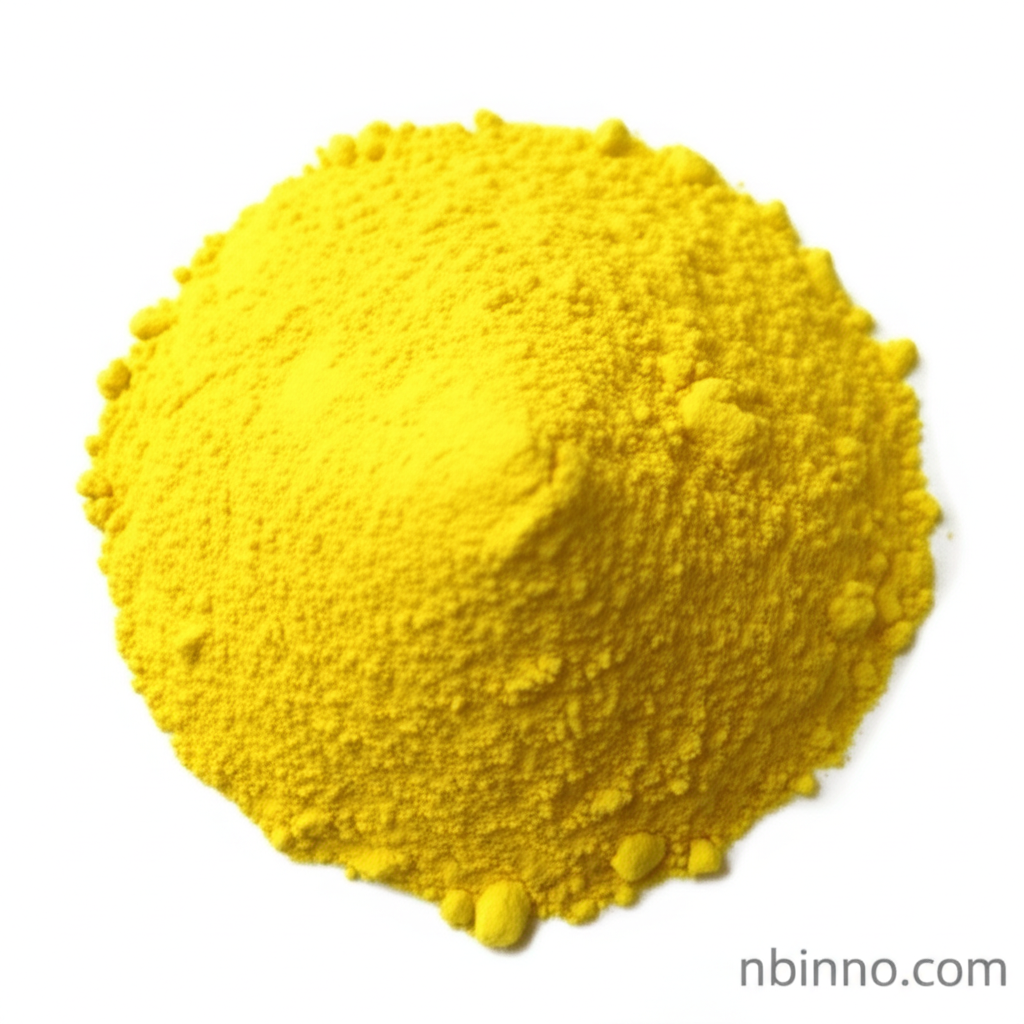Tris(8-hydroxyquinolinato)aluminum: Revolutionizing Organic Electronics
Discover the high-performance potential of Alq3, a key component in advanced OLED technology.
Get a Quote & SampleProduct Core Value

Tris(8-hydroxyquinolinato)aluminum
Tris(8-hydroxyquinolinato)aluminum, commonly known as Alq3, is a crucial material in the field of organic electronics, widely recognized for its excellent electron-transport capabilities and luminescent properties. Its high thermal stability and quantum yield of fluorescence make it an indispensable component in the development of efficient and long-lasting organic light-emitting diodes (OLEDs).
- Discover the power of Tris(8-hydroxyquinolinato)aluminum as an electron transport material in state-of-the-art OLEDs.
- Explore the applications of hydroxyquinoline aluminum salt for enhanced luminescence in your electronic devices.
- Leverage the benefits of CAS 2085-33-8 as a key luminescent material for next-generation technologies.
- Experience the advantages of high purity sublimed Alq3 for superior performance in organic electronic devices.
Advantages of Using Alq3
Exceptional Electron Mobility
Alq3 demonstrates high electron-transport ability, crucial for balancing charge carriers and improving the efficiency of OLED devices, making it a sought-after electron transport material in organic electronic devices.
Vibrant Luminescence
With a high quantum yield of fluorescence, this hydroxyquinoline aluminum salt emits bright, consistent light, making it ideal for luminescent materials in various optoelectronic applications.
Enhanced Thermal Stability
The robust thermal stability of Alq3 ensures device longevity and reliability, even under demanding operating conditions, a key trait for advanced materials in organic electronics.
Key Applications
Organic Light-Emitting Diodes (OLEDs)
Alq3 is a foundational material for OLEDs, serving as both an electron transport layer and an emitting layer, contributing to vibrant displays and energy-efficient lighting solutions.
Luminescent Materials
Its intrinsic fluorescent properties make it valuable for various luminescent material applications, enabling novel lighting and display technologies.
Electron Transport Materials
As a premier electron transport material, it facilitates efficient charge injection and transport in organic electronic devices, crucial for device performance.
Corrosion Inhibition
Beyond electronics, it also finds use as a corrosion inhibitor in specific applications, showcasing its versatility.
